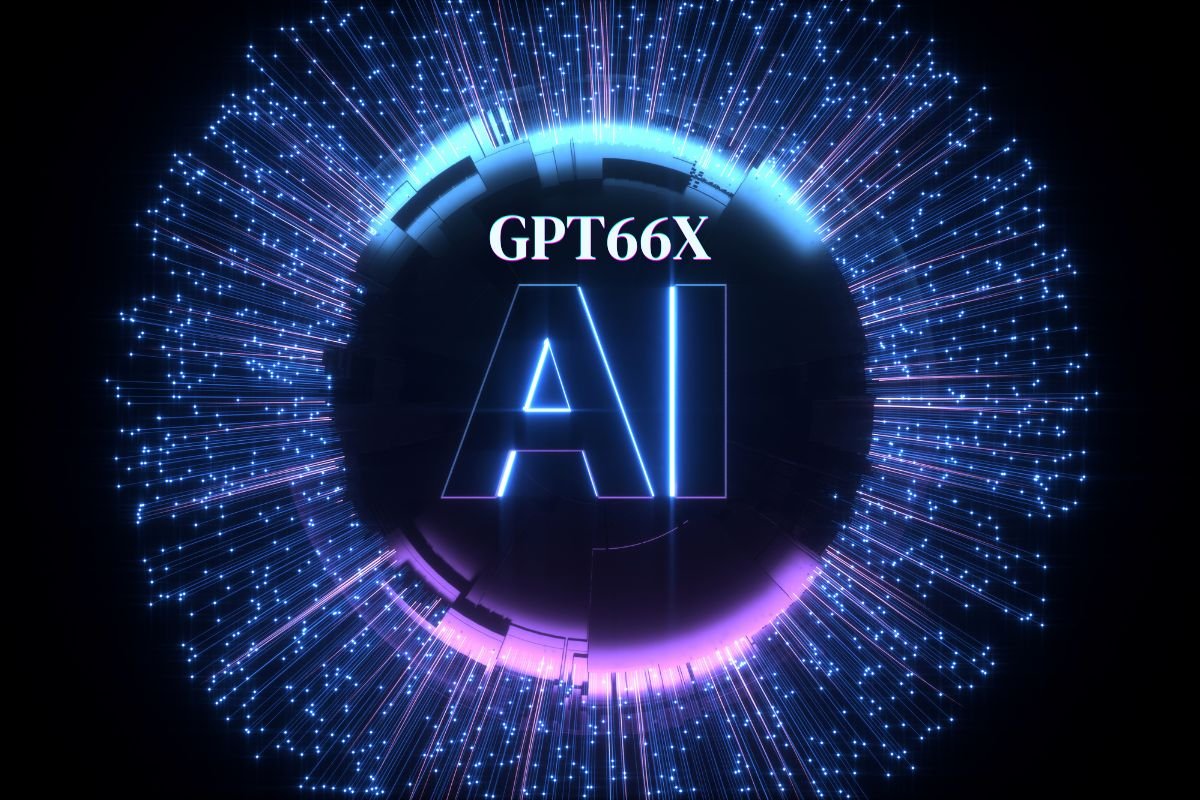The rapid evolution of large language models (LLMs) has captured the imaginations of technologists and the general public alike. While the cutting edge is currently represented by models like GPT-3, quiet whispers in the AI community hint at an even more transformative successor – the elusive GPT66X. Let’s dive into the potential of such a model and the profound implications it could carry.
The Hypothetical Power of GPT66X
While much about GPT66X remains speculation, a few key advancements can be anticipated:
- Unmatched Scale: The sheer number of parameters in GPT-3 (175 billion) is staggering. GPT66X would likely dwarf this figure, potentially by an order of magnitude. Imagine a model with an internal representation of knowledge surpassing the entirety of the internet. This scale could translate into near-perfect fluency and a nuanced understanding of context rivaling human cognition.
- True Multimodality: GPT66X could transcend the realm of text. Processing images, videos, audio, and other sensory data with the same ease it handles language would be a paradigm shift. The applications are staggering: an AI system that generates a movie trailer from a simple plot summary or creates a musical composition based on a textual description of emotions.
- Algorithmic Self-Optimization: GPT66X might exhibit unparalleled ability to analyze and rewrite its own code. This could lead to a runaway effect of self-improvement, with the model becoming exponentially more efficient and powerful over remarkably short periods.
- Emergent Reasoning: Complex problem-solving and logical deduction might become hallmarks of GPT66X. In fields requiring high-level reasoning, such as scientific research, law, and engineering, the model could push boundaries beyond what humans are capable of alone.
Revolution… and Disruption
The emergence of an LLM as complex as GPT66X would trigger seismic changes across multiple sectors:
- The Creative Singularity: The entertainment industry could be forever altered by AI capable of writing compelling novels, composing symphonies, and designing awe-inspiring video games. It raises questions about the nature of creativity itself: would AI-generated art be valued on par with human creations?
- AI-Powered Scientific Acceleration: In heavily data-driven fields, GPT66X’s ability to analyze, correlate, and draw insights could drive unprecedented discoveries. Imagine AI models identifying potential cures for diseases or designing revolutionary new materials based on a vast understanding of scientific literature and experimental outcomes.
- Unsettling the Service Sector: The customer service landscape could experience a radical shift with GPT66X. Hyper-personalized AI chatbots and virtual assistants could handle complex queries, solve problems creatively, and provide emotional support indistinguishable from (or superior to) human agents. This raises questions about potential job displacement in this widespread sector.
- Supercharged Surveillance and Manipulation: The negative potential of GPT66X cannot be ignored. Its ability to generate text could enable state actors or malicious groups to create highly targeted propaganda and misinformation campaigns on an unprecedented scale. If paired with image and video-generation capabilities, the manipulation of perceptions could become frighteningly effective.
The Uncomfortable Questions and Imperative Preparation
The prospect of AI as powerful as GPT66X demands a reevaluation of our assumptions:
- The Value of Human Thought: Would the ability of AI to equal or even surpass human creativity across numerous domains force us to reexamine what makes us unique as a species?
- Societal Restructuring: If widespread automation across intellectual and service-based jobs becomes a reality, what economic models and safety nets need to be in place to mitigate the disruption?
- Accountability and Control: With increasingly complex systems operating in potentially biased ways, how do we ensure transparency? How do we put safeguards in place to prevent AI power from being concentrated in the hands of a few, potentially with harmful intent?
GPT66X: A Turning Point
The existence of a model named GPT66X may remain fiction for now. However, the trend towards ever-larger and more capable LLMs is undeniable.
It is imperative that we begin to grapple with the potential benefits and risks of such groundbreaking technology. Proactive investment in AI ethics research, the development of regulatory frameworks, and a broad societal conversation are crucial to ensure that the advancements in AI ultimately serve humanity, rather than lead to our undoing.



